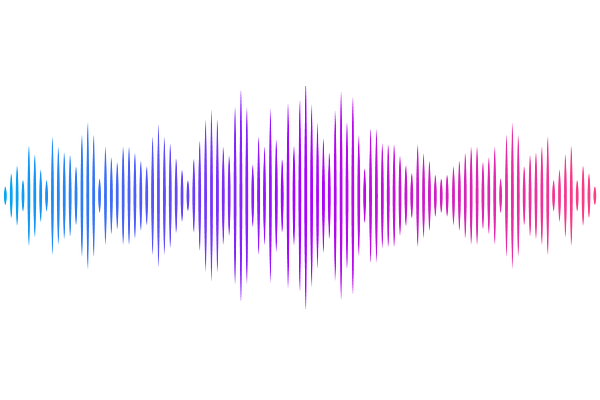Distinct phenotypes and repertoires of bronchoalveolar and airway mucosal T cells in health and allergic asthma

Distinct phenotypes and repertoires of bronchoalveolar and airway mucosal T cells in health and allergic asthma
Rahimi, R. A.; Smith, N. P.; Selle, A.; Best, R.; Martin, S.; Tuttle, E.; Ling, M. F.; Medoff, B.; Villani, A.-C.; Luster, A. D.
AbstractBackground: T cells play a central role in host protection against respiratory pathogens, but a maladaptive T cell response can lead to pulmonary diseases. Defining the biology of protective versus pathogenic T cell responses in the lungs of humans will be critical to nominate novel approaches to improve respiratory health. Previous studies have examined T cells from the lungs captured via bronchoalveolar lavage (BAL), endobronchial brushings, or biopsies. However, whether these different approaches are capturing distinct T cell phenotypes and/or clonotypes remains unclear. Objective: To evaluate and compare the transcriptional signatures of T cells isolated via BAL versus endobronchial brushings in healthy controls (HCs) and allergic asthmatics (AAs). Methods: Flexible bronchoscopy was performed to obtain BAL and endobronchial brushings from 3 HC and 3 AA subjects. CD3+ T cells were sorted and single cell RNA- and T cell receptor (TCR)-sequencing was performed using the 10X Chromium platform. Unbiased clustering, differential gene expression analysis and TCR repertoire analysis was performed. Results: Unbiased clustering analysis allowed us to define 7 CD8 and 6 CD4 T cell subsets. The most significant difference in T cell subsets abundance between AAs and HCs was the enrichment of CD4 T helper type 2 (Th2) cells when comparing endobronchial brush samples (OR=26.2, P=0.002), but not when examining BAL (OR=1.7, P=0.46), indicating differences in the T cell subsets captured from the BAL versus airway mucosa specimen processing. In further support of this observation, comparing the BAL and brush T cells across all subjects revealed an up-regulation of resident-memory T cell markers (i.e. ITGAE, CD69) in brush T cells versus BAL T cells in both CD4 and CD8 lineages. In contrast, BAL CD8 and CD4 T cells exhibited an enriched type I and II interferon signatures compared to brush T cells. Lastly, TCR repertoire analysis revealed that brush T cells contained dramatically expanded TCR clones. Expanded T cell clones from the brush expressed high levels of resident-memory markers, suggesting the airway mucosa is enriched for TRM cells with unique TCR specificity. Conclusions: Sampling T cells via BAL versus airway brushings yielded distinct T cell phenotypes and clonotypes with important implications for future research in lung immunology.